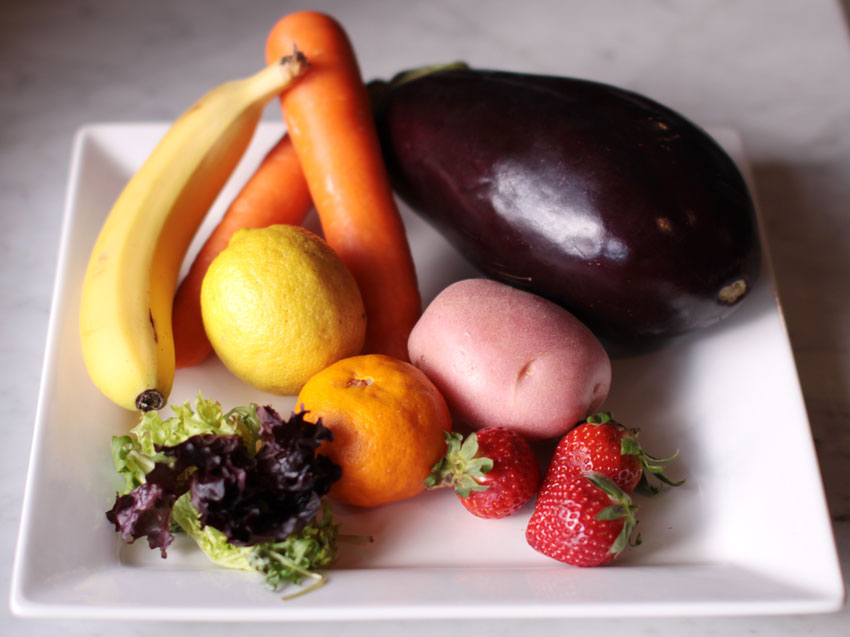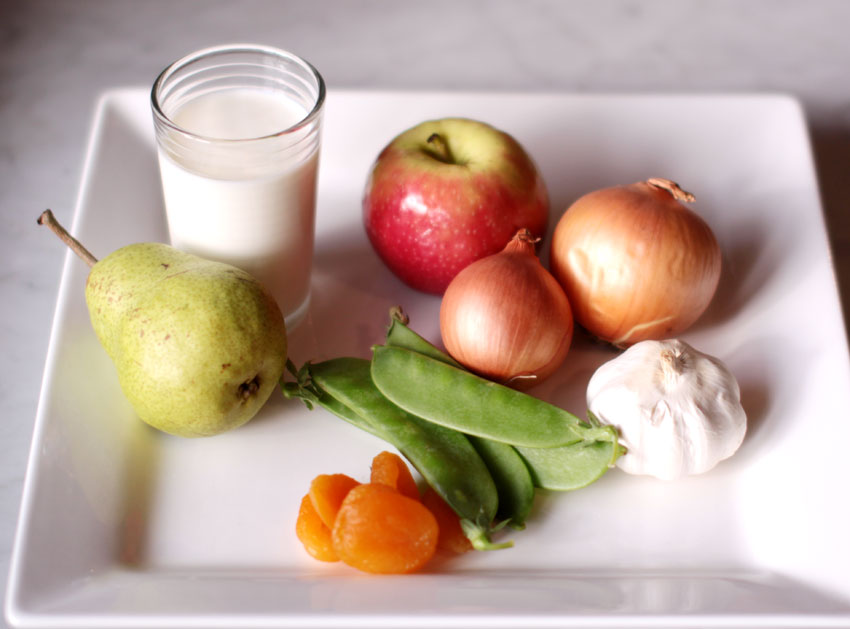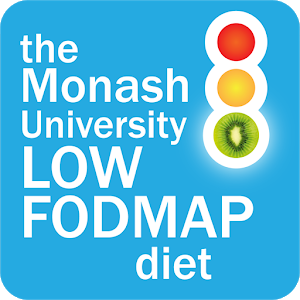Irritable Bowel Syndrome (IBS)
Many people suffer from irritable bowel syndrome (IBS) and experience symptoms such as bloating and distension, excess wind (flatulence), abdominal pain and altered bowel patterns with diarrhoea and/or constipation. These symptoms can be very troublesome and can interfere and even compromise everyday life.
The cause of IBS is not yet well understood and many different factors may trigger symptoms. Management of IBS requires different approaches, but many people benefit by restricting certain foods.
What are FODMAPs?
FODMAPs are Fermentable Oligosaccharides (fructans and galacto-oligosaccharides), Disaccharides (lactose), Monosaccharides (fructose in excess of glucose) And Polyols. These are dietary sugars found in many common foods, such as dairy foods, wheat and other grains, fruit and vegetables. They are poorly absorbed in everyone. These unabsorbed nutrients remain in the bowel lumen and are fermented by the usual bacteria in the colon. This produces gas and results in wind (flatulence), bloating and distension and even abdominal pain. The unabsorbed nutrients also have an osmotic load and result in water being drawing into the gut lumen, which causes further distention of the bowel.
People with IBS have an unusually sensitive gut and the distension of the bowel can trigger their symptoms. Reducing the amount of these poorly absorbed nutrients in the bowel can help to reduce IBS symptoms.
What is a low FODMAP diet?
Many common and healthy foods contain FODMAPs. A low FODMAP diet can be quite restrictive and it is important to maintain good, balanced nutrition. Starting on a low FODMAP diet is best done in consultation with a dietician. In time, they will usually help you to gradually re-introduce some foods. Many people can liberalise their diet and need to avoid large amounts of just a few high FODMAP foods, or need to reduce their FODMAPs at times when their symptoms are more troublesome.
Which foods are high in FODMAPs?
- Excess Fructose
- Apple, pear, mango, fig, watermelon, asparagus, dried fruit and fruit juices, high-fructose corn syrup, honey
- Fructans
- Nectarine, white peaches, watermelon, garlic, leek, onion, spring onion, barley, rye, wheat
- Lactose
- Milk, yoghurt, ice cream, milk powder, condensed milk, custard, unripened cheese such as cottage cheese and ricotta
- Galacto-oligosaccharides (GOS)
- Chick pea, legumes such as baked beans, kidney beans, borlotti beans, lentils, cashews, pistachio nuts
- Polyols
- Apple, apricot, lychee, blackberry, peach, nectarine, plum, cauliflower, mushroom, snow pea, sugar free chewing gum and mints
- Isomalt (953), maltiol (965), mannitol (421), sorbitol (420), xylitol (967)
The low FODMAP diet was developed by researchers at Monash University and further information is widely available from dieticians, online and in bookshops.



